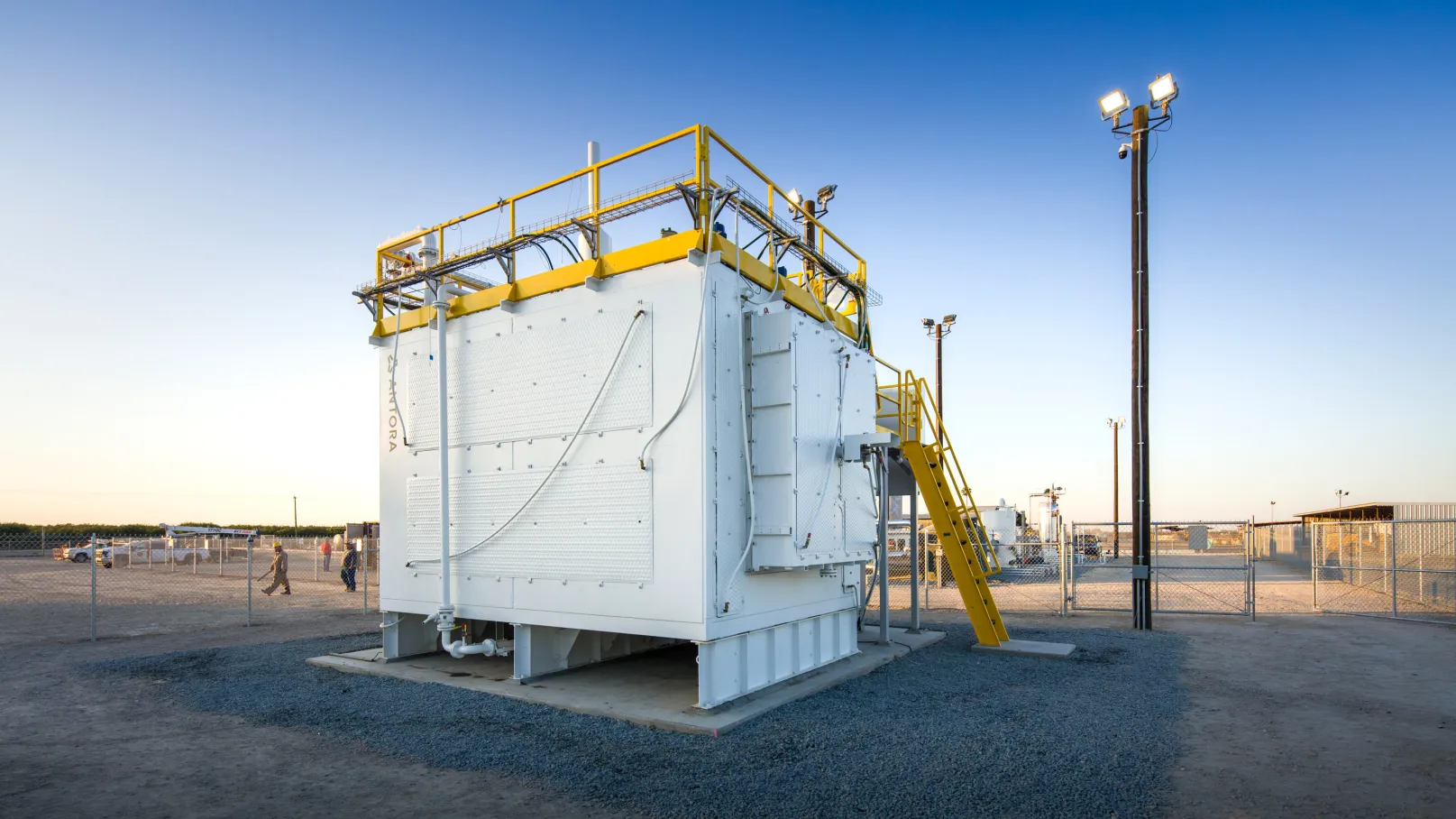Solutions for Industry
In the US, industry is responsible for 28% of CO2 emissions [1]. It relies heavily on natural gas, petroleum and electricity generated using fossil fuels. But
most industrial processes cannot be shut down when the sun sets or the wind doesn't blow. Also,
heavy plant must often run continuously for economic reasons due to the large investments
involved. The intermittency, or variability, of renewable power sources such as wind and solar
make decarbonizing industry a big challenge.
Reference:
[1] 'U.S. CO2 emissions from energy consumption by source and sector, 2022' (Accessed on 13th November, 2023) https://www.eia.gov/energyexplained/energy-and-the-environme . . .
Industrial heat makes up one-fifth of global energy consumption, mostly originating from fossil
fuel combustion [1]. Due to increasing demand, the production of industrial heat is expected to account for
one-quarter of global emissions by 2040.
2000oC 3600oF
A thermal battery developed by Antora Energy[1] stores heat over a temperature of
2000oC 3600oF
and can
be used for heat-intensive production such as steel or concrete.
